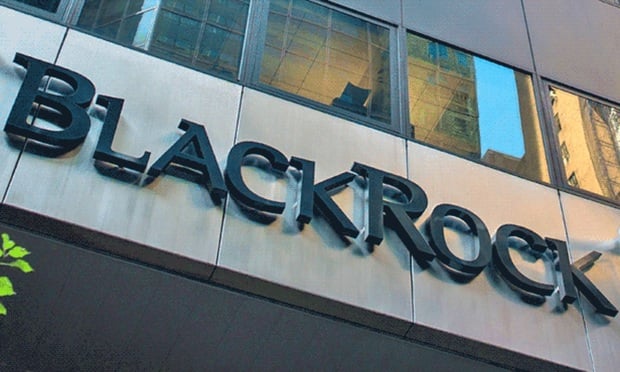If you help pre-retirees and retired clients with income planning, you know from experience that this discipline has grown more challenging. Many retired people now need enough income to live well, while also paying off high levels of personal debt. This trend is documented in a newly released study by the Employee Benefits Research Institute (EBRI), Debt of the Elderly and Near Elderly 1992-2010.
Over the 18 years covered by this study, the percentage of households headed by a person age 65-74 with some debt increased from 51.5 percent to 65.0 percent. Among households with debt, the average debt burden increased from $25,648 to $70,875, and high-income households are the most heavily impacted by the retiree debt trend. In the top income tier measured ($100,000+), the average household debt load in 2010 was $210,863.
By far the biggest source of debt for seniors is home mortgages and home equity lines of credit (HELOCs). Like younger people, retirees are not averse to using home equity as a piggy bank for current cash needs. The report shows why one important key to successful pre-retirement planning is a plan for managing and paying down debt as retirement approaches. Visit EBRI to read the full study.
Recommended For You
© Touchpoint Markets, All Rights Reserved. Request academic re-use from www.copyright.com. All other uses, submit a request to [email protected]. For more inforrmation visit Asset & Logo Licensing.






